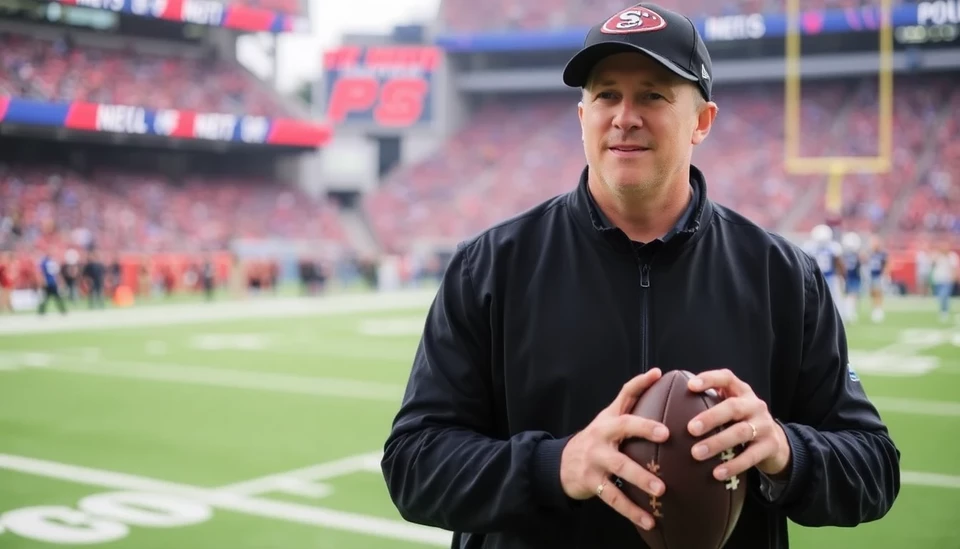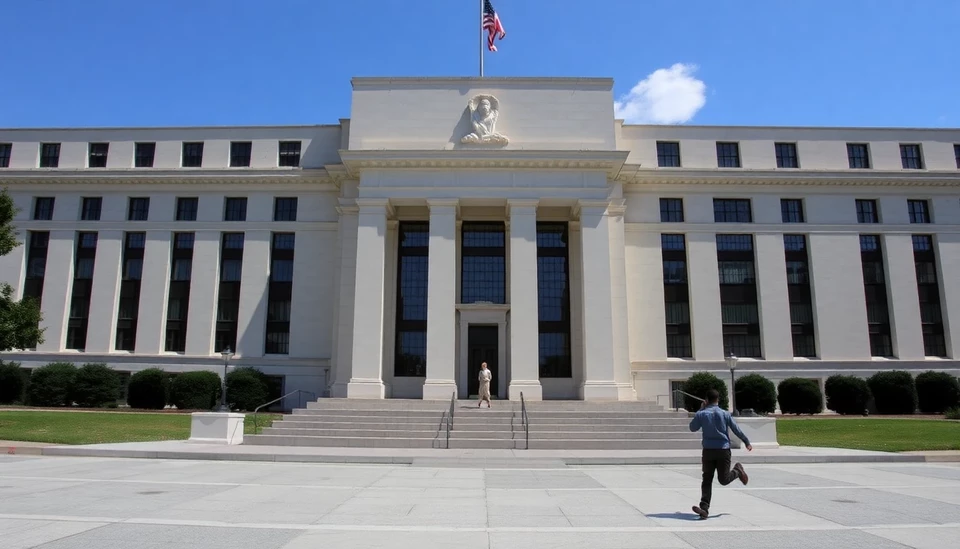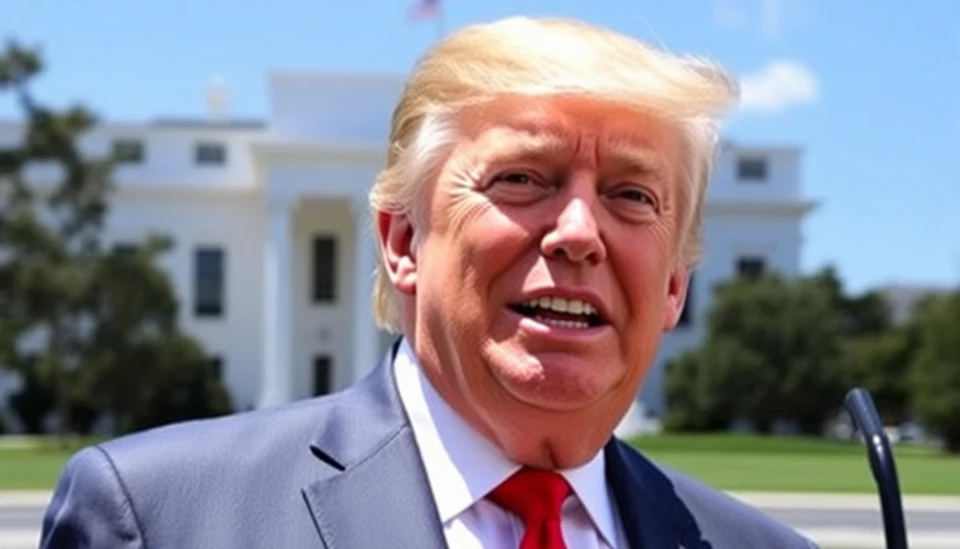
In a striking development within the world of professional sports, the National Football League (NFL) is witnessing a significant transformation in its ownership landscape. The tension between team owners is intensifying, as they contend with a shared major stakeholder that could shift the balance of power in the league. This intricate financial web centers around the NFL’s recent negotiations and partnerships, echoing throughout the sports community.
The primary focus of these ownership rivalries revolves around the Washington Commanders and the Philadelphia 76ers, both of which are heavily influenced by a prominent financial player in the sports sector. The growing influence of this stakeholder is not only reshaping team dynamics but also stirring debates among owners regarding competitive practices and shared interests. This situation reflects a broader trend of consolidation in sports ownership, where deep-pocketed investors increasingly control multiple franchises across different leagues.
The relationship between the Commanders and the 76ers highlights the intersection where football and basketball interests collide. Both teams are navigating the complexities introduced by a shared investor, raising concerns among other owners about the implications this collaboration might hold for league governance and competitive balance. There are fears that these shared stakes could lead to favoritism or conflicts of interest that may affect the spirit of competition that the NFL prides itself on.
As discussions heat up, current NFL owners are evaluating how alliances can impact their own franchises. Questions arise over whether this financial entanglement could lead to an unequal playing field, as teams with connected stakeholders might have access to superior resources or strategies that enhance their performance on the field. This thought process becomes even more charged as the league eyes future expansions and potential changes to financial structures.
Despite these ownership tensions, the NFL remains a powerhouse of American sports, attracting vast media attention and audience engagement. The interdependencies created by this single major stakeholder challenge the traditional framework of team ownership and promote a reevaluation of long-standing protocols. The implications of these changes extend beyond financial metrics and could influence fan engagement, broadcasting rights, and merchandise sales, as loyalty might be tested by corporate relationships.
Ultimately, the fate of the NFL’s competitive landscape hinges on how these ownership dynamics evolve. Will traditional rivalries between franchises give way to new strategic partnerships, or will they intensify as teams vie for dominance amid perceived financial inequalities? The coming months promise to unveil a saga of negotiation, investment, and perhaps, surprising alliances as all eyes remain glued to the shifting sands of NFL ownership.
As the story continues to unfold, sports fans and stakeholders alike are left to ponder the long-term ramifications of this unfolding narrative. The implications stretch far beyond just the teams involved, affecting the entire ecosystem of professional sports in the United States.
#NFL #Ownership #SportsBusiness #FranchiseDynamics #WashingtonCommanders #Philadelphia76ers #StakeholderInfluence #SportsManagement #FinancialInvestments #CompetitiveBalance
Author: John Harris




